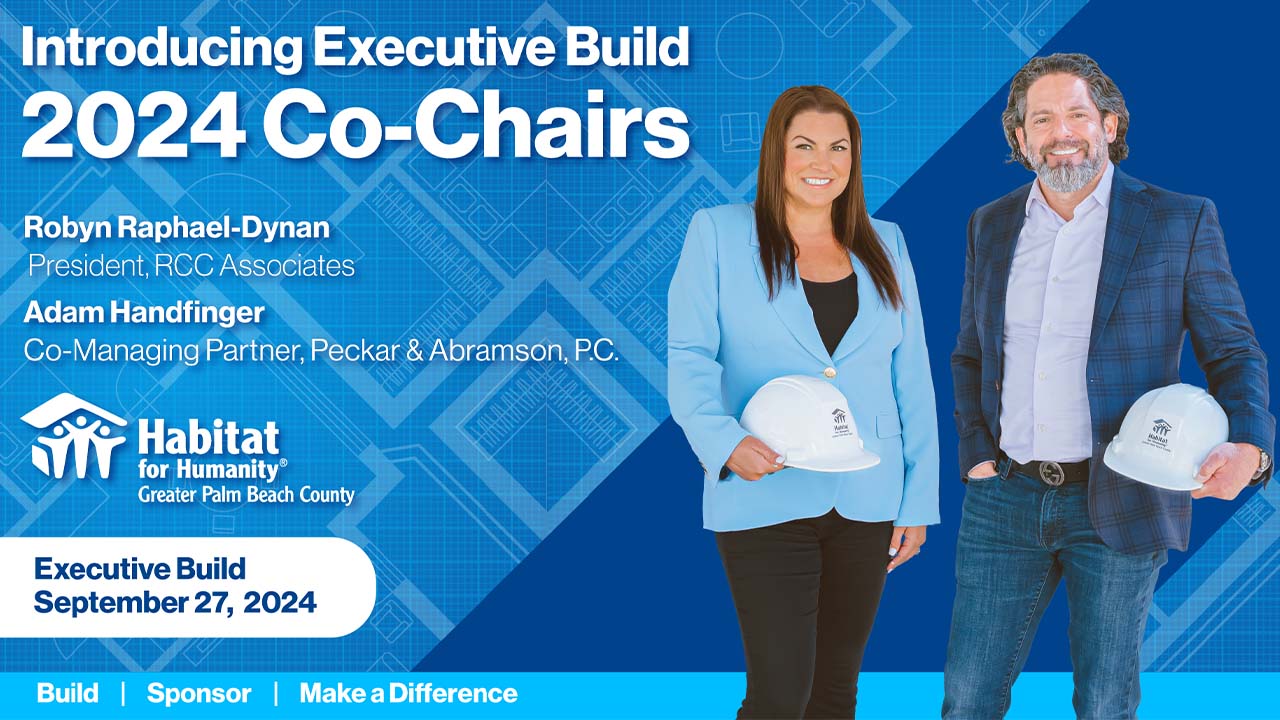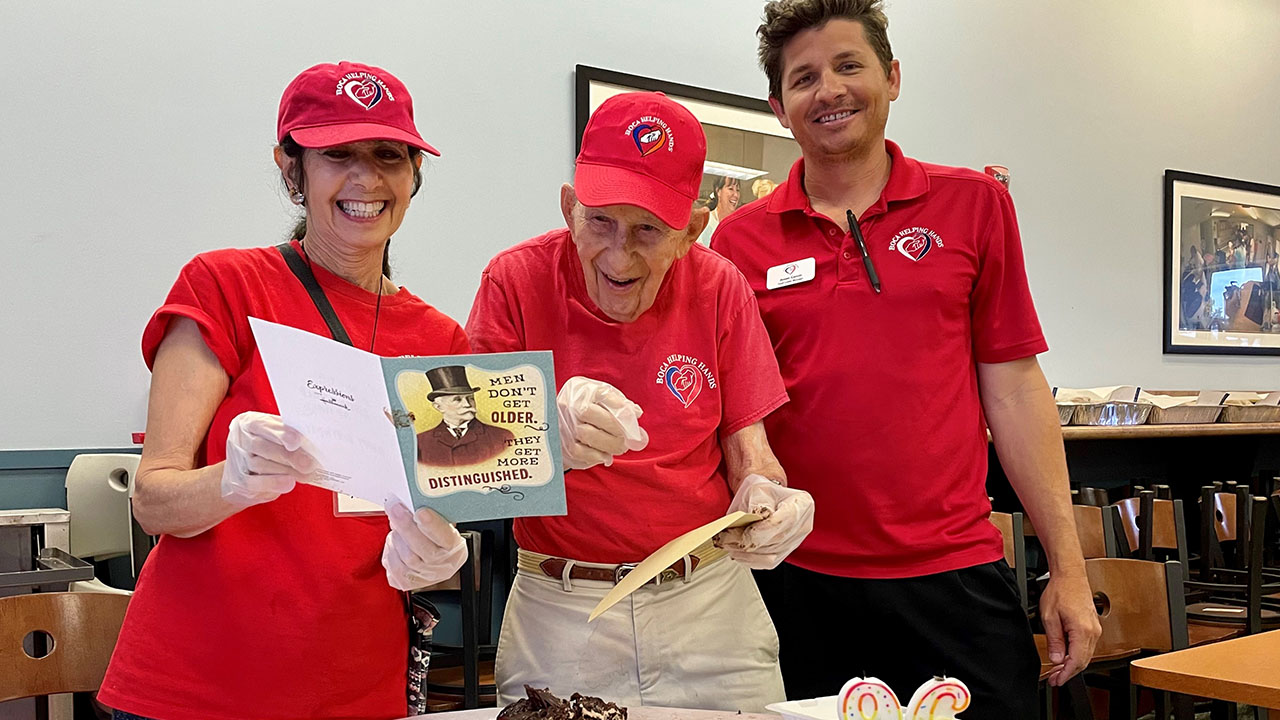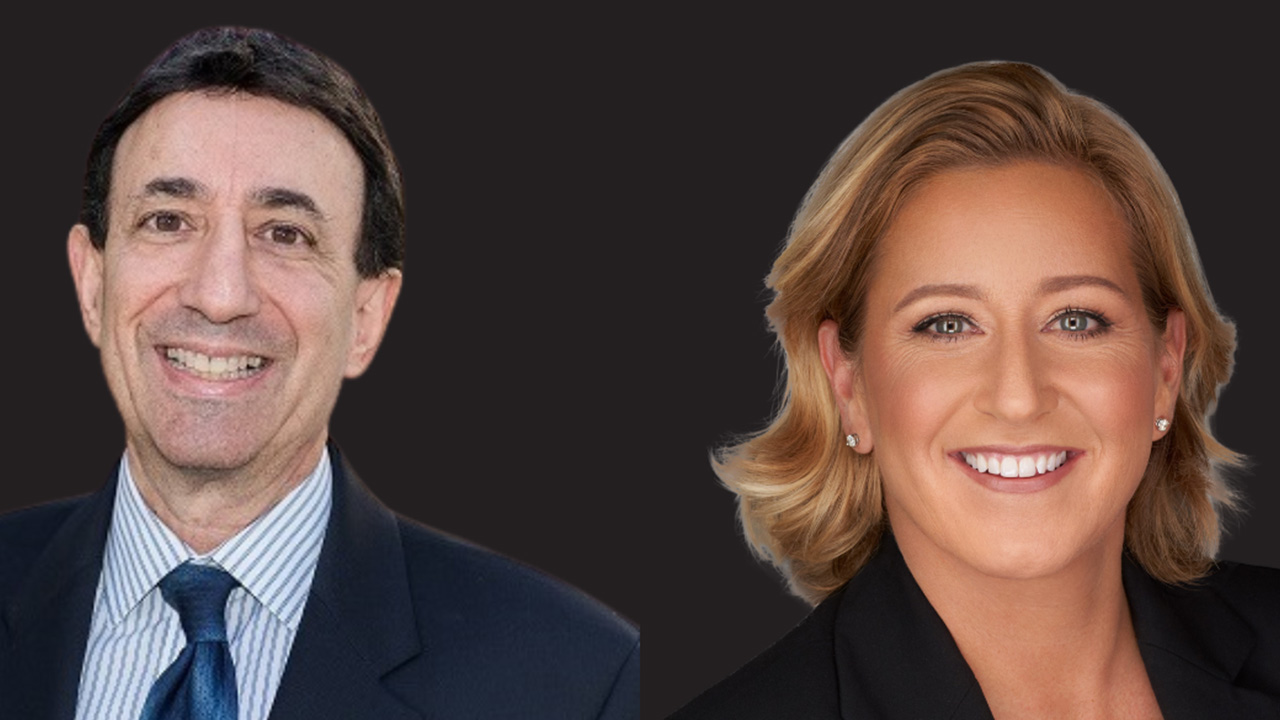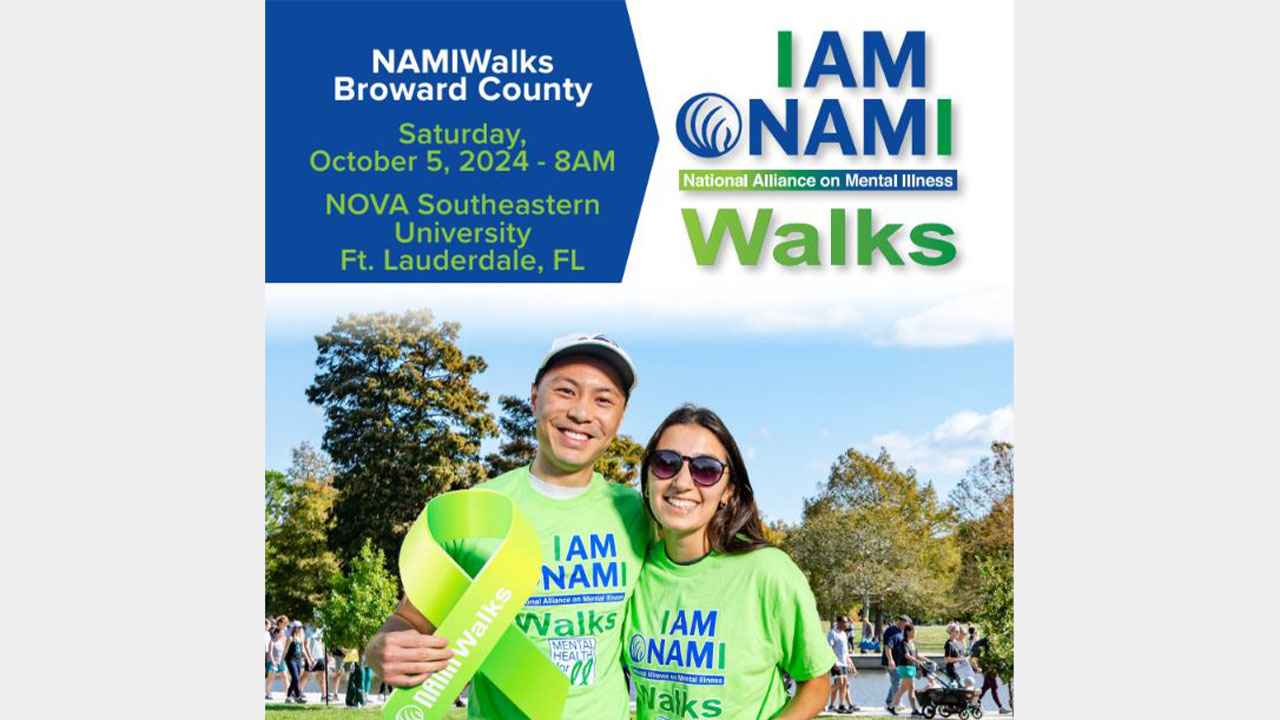By Kevin Gale
Entrepreneurs will need perseverance to prosper in the third wave of the internet, says AOL founder Steve Case, who gave a keynote talk at eMerge Americas 2016. Don’t expect to wake up having just invented the next Snapchat type of application.
According to Case, the third wave will be similar to the first wave, which introduced people to going online. As an example of the likely slog for entrepreneurs, when AOL started, only 3 percent of the population was online and their time spent online averaged only an hour a week.
The second wave saw companies like Google and Facebook build on the capabilities of the internet and companies like Snapchat build on the capabilities of apps. The third wave will integrate the internet in more seamless ways throughout our lives. Health care, education and the food industry are examples of “where the internet meets everyday life,” Case says.
Achieving success in the third wave will necessitate business partnerships and a more agile government to balance the need for innovation with safety regulations. For example, there will be new rules for health care, food safety, drones and self-driving cars that will impact what entrepreneurs can do. “The government, however frustrating it may be at times, will have a seat at the table,” Case says. Instead of grumbling, entrepreneurs and businesses need to engage the government.
In education, Case sees a move to provide more information to teachers so they can meet the needs of individual students. Fitbit, which involves an app and wrist device that counts steps, is an example of innovation in the wellness field, Case says.
There’s also a lot of investment in managing chronic illnesses, such as diabetes. The “cancer moonshot,” being led by Vice President Joe Biden, is an example of investment in life-threatening diseases.
The third wave will also help further democratize where venture capital goes, Case says, adding that last year,
75 percent went to California, New York and Massachusetts. Plantation-based Magic Leap, which raised $1.3 billion for its augmented reality system, is an example of how other areas will start to grab more venture capital.
Entrepreneurs used to have to be on Wall Street to be in financial services or in Hollywood to do movies. “You don’t have to do that anymore,” Case says.
Regions have to figure out where they have a competitive advantage and attract talent. While leaders in some areas of the country are skeptical about such transformations, Case points out that Silicon Valley was an area of orchards 75 years ago and Detroit was seen as the hottest place for technology.
Dell in Austin and AOL in Virginia are examples of companies that helped fuel an entrepreneurial ecosystem, Case says; eMerge is an example of entrepreneurial forces at work in Miami.
Case, who is currently chairman and CEO of Revolution LLC, a Washington, D.C.-based investment firm he co-founded in 2005, was asked what he looks for in his investments. It starts with the question, “Could it make the world a better place?” he says, adding that he hears a lot of ideas that “just aren’t interesting.” Case wants ideas that solve important problems and create opportunity. He would like to see evidence that the business concept is working, such as it is starting to attract customers. He quotes Thomas Edison to explain why: “Vision without execution is hallucination.” ↵














